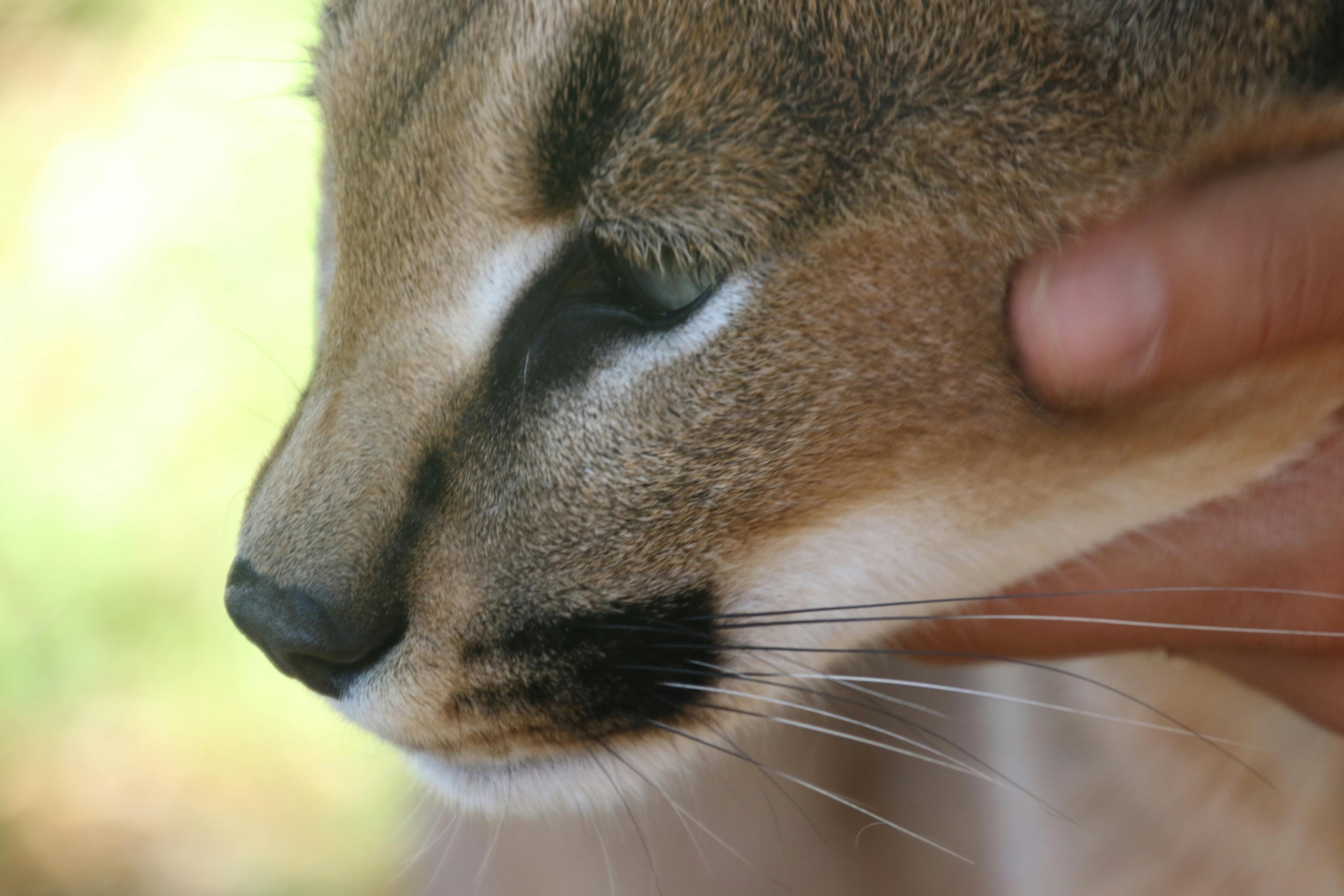
A basic guide to hunting small game
Q: What is a hunting knife?
A: As we said in the opening, a hunting knife is designed to help the user prepare game for consumption or storage in the field before it deteriorates. Made in a way that lends itself to the process of skinning and cleaning game carcasses, whether it be moose or rabbit or something in between. A little game The knives have what are called “gut hooks” that allow an easier opening of the carcass to facilitate the dressing process. Most will also double
.
Q: What type of blade is on a hunting knife?
A: The most common blade type is drop point and pin point. Other types include the tanto point, the spear point, and the vanishing point. tea
The tip is usually very sharp and offers excellent control. While the drop point is usually wider and more durable. One way hunting knife blades differ from survival knives is they often have a serrated edge for cutting branches to make emergency shelters etc. while the serrated edge is a rarity on these knives
Q: What are the different types of hunting knives?
A: Hunting knives generally fall into 4 categories:
The fixed blade which is the most popular type. The knife usually has few or no superfluous features. The one that moves away from strict hunting-related applications and can include things like scissors and files. The folding knife is a small type of pocket knife in which the blade locks to prevent it from accidentally closing on the fingers. Of these, the vast majority of hunting knives are fixed blade knives, with the folding knife making up much of the remaining market.
Q: How to choose the right type of hunting knife?
A: The best way to get the information you need to choose the right hunting knife is to spend time online reading reviews and guides like this one. (including the section immediately following “Things to Consider When Buying a Hunting Knife”). Also, you can search online forums and ask questions to get answers or talk to someone at a real sporting goods store (not just a sneaker store) if there is such a store near you.
Things to consider when buying a hunting knife
Basic knife technology may not have changed much in the last 200 years, but there are still a number of different qualities and features you’ll want to look for when buying a knife, these include:
The shape of the blade – As we mentioned earlier, there are a number of different blade shapes, although by far the most common are clip point and advanced drop blades. The clip tip is thinner and is better for delicate or detailed work. Unfortunately, because the end of the blade is also more likely to break if you use it to steal things or open cans and the like. The Drop point, by comparison, is much more durable and can withstand all kinds of lateral pressure (to the extent, of course). Other less popular leaf shapes include Tanto, Spear, and Trailing Point. If you’re just starting out, it would be a good idea to have a sharp or pointed blade.
Type of Steel: There are two main types of steel used in today’s best hunting knives: stainless steel and high carbon or HC steel. High carbon steel is more expensive than regular stainless steel or standard carbon steel, but it is easier to sharpen, holds the edge better, and resists corrosion that plagues standard carbon steel. Whenever you see “HC” in the name of the knife, it indicates that the blade is made of high carbon steel. Although high carbon steel is gaining in popularity, most blades still feature stainless steel because they are durable and require little maintenance. Stainless steel will be a little harder to sharpen, but most people don’t mind.
Tang – Without a doubt, one of the most frequently asked questions from prospective hunting knife owners is, “What is the devil’s ‘full tang’?” Full tang simply means that the steel of the blade does not stop at the handle. It continues through the handle to the end without interruption. The reason the hunting knife is designed this way is because hunting knives are often subjected to heavy use. If the blade at the end of them had simply been rubbed off to handle them, they would invariably have come off; probably sooner rather than later. Going through the handle, the pressure is more evenly distributed and you can get a lot more out of your hunting knife without worrying about separation.
The handle – The handle is essential for the proper functioning of the hunting knife. It must be able to offer a firm and non-slip grip in all conditions. Rubber handles and Micarta and G10 handles are popular today, but natural wood handles never went out of style either because they are durable, beautiful and really comfortable. If possible, you should buy several different knives and try different front handles when buying a hunting knife. Also note that if a knife has a hollow handle, it cannot have a full tang.
Sheath: Most hunting knives come with a sheath, although many are just afterthoughts and knife makers save money. a bit like the little spare tire that comes with many cars. But sheaths are actually very important because they are the vehicle to carry your knife. Most holsters have a belt buckle to slide over yours. Others have loops up and down so the hunting knife can be attached to the leg. And others are MOLLE compatible and can be attached in different ways to different MOLLE straps, pockets and backpacks. The bottom line is that you want a sheath that allows you to safely carry your knife in a place that is most convenient for you.